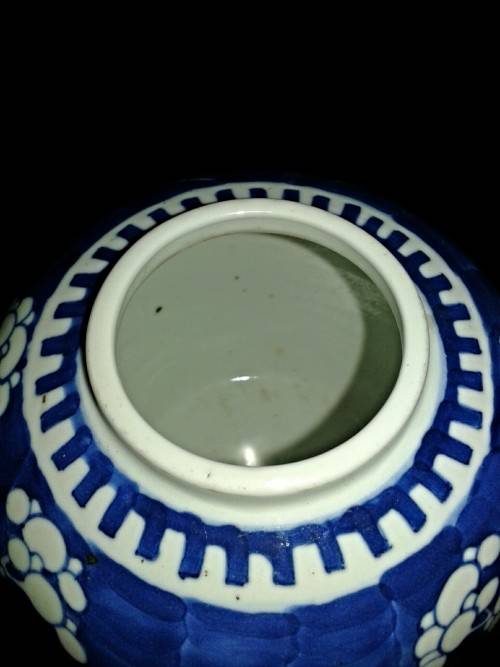
KANGXI REVIVAL, GUANGXU QING DYNASTY VASE CIRCA 1900.
Check my rate
| Main centres: | 1-3 business days |
| Regional areas: | 3-4 business days |
| Remote areas: | 3-5 business days |

| Main centres: | 1-3 business days |
| Regional areas: | 3-4 business days |
| Remote areas: | 3-5 business days |
NB: PLEASE SCROLL FURTHER DOWN TO VIEW THE ITEM ON AUCTION (HIGHLIGHTED TEXT).
During the early Qing dynasty, up until the early 1680's conditions were unsettled in China and the making of Imperial wares as well as the use of reign marks on porcelain was restricted in various ways. During this period a number of other marks came into use, as well as the drawing of two empty rings on the bases which in a way could be considered a marking of the Kangxi period. Also this practice was copied during the latter part of the Qing dynasty.
The time when the Empress Dowager Cixi ruled China has been named the Kangxi revival period since there was an obvious vogue for Kangxi style porcelain at this time.
Not only blue and white pieces and enamelled porcelain in famille verte enamels were produced but also replicas in monochrome enamels such as Sang-de-Boef or Ox-blood. The good part with these early copies is that they are pretty easy to recognize since they were not really trying to produce perfect fakes, but appears to have more wanted to continue to make pieces in the Kangxi period style and tradition.
Now that turned out quite difficult. Many processes and traditions were never written down and had been lost and forgotten. Sources for paste and glaze had changed. While the blue and white porcelains turned out pretty good, the red ox-blood monochromes got a too thick glaze that ran and often needed to be ground off of the foot rim. For other style replicas there were other problems making them distinguishable.
Another aspect is, that there was indeed a great interest in the West, in particular among American collectors, for antique Chinese porcelain at this time. Prices at auctions were soaring. So, there was a ready market for antiques, even newly made ones. I don't think this was among the main reasons why the Kangxi period was revived as a whole, but it was a part of the picture why so many grand pieces was made. SOURCE: GOTHEBORG.COM.
Below. Vase, dated in the calligraphy to the ren chen year = 1892. On the base a double ring in underglaze blue; no mark.
 SOURCE: GOTHEBORG.COM
SOURCE: GOTHEBORG.COM
A BLUE AND WHITE KANGXI REVIVAL VASE FROM THE GUANGXU PERIOD (QING DYNASTY) CHINA CIRCA 1900. BEARING A FLORAL DEPICTION AGAINST A HEAVILY APPLIED COBALT BLUE WAVY BACKGROUND. MARK ON UNDERSIDE BEARING THE EMPTY DOUBLE CIRCULAR BLUE LINES. THIS VASE IS IN AN EXCELLENT STATE OF PRESERVE AND ONLY BEARS IMPERFECTIONS THAT ARE DUE TO THE KILN AND FIRING PROCESS.
DIMENSIONS: 120 X 120MM.
SHIPPING: R160 COURIER TO YOUR DOOR OR R60 FOR A NORMAL PARCEL. INSURANCE OPTIONAL.



THANK YOU FOR LOOKING.